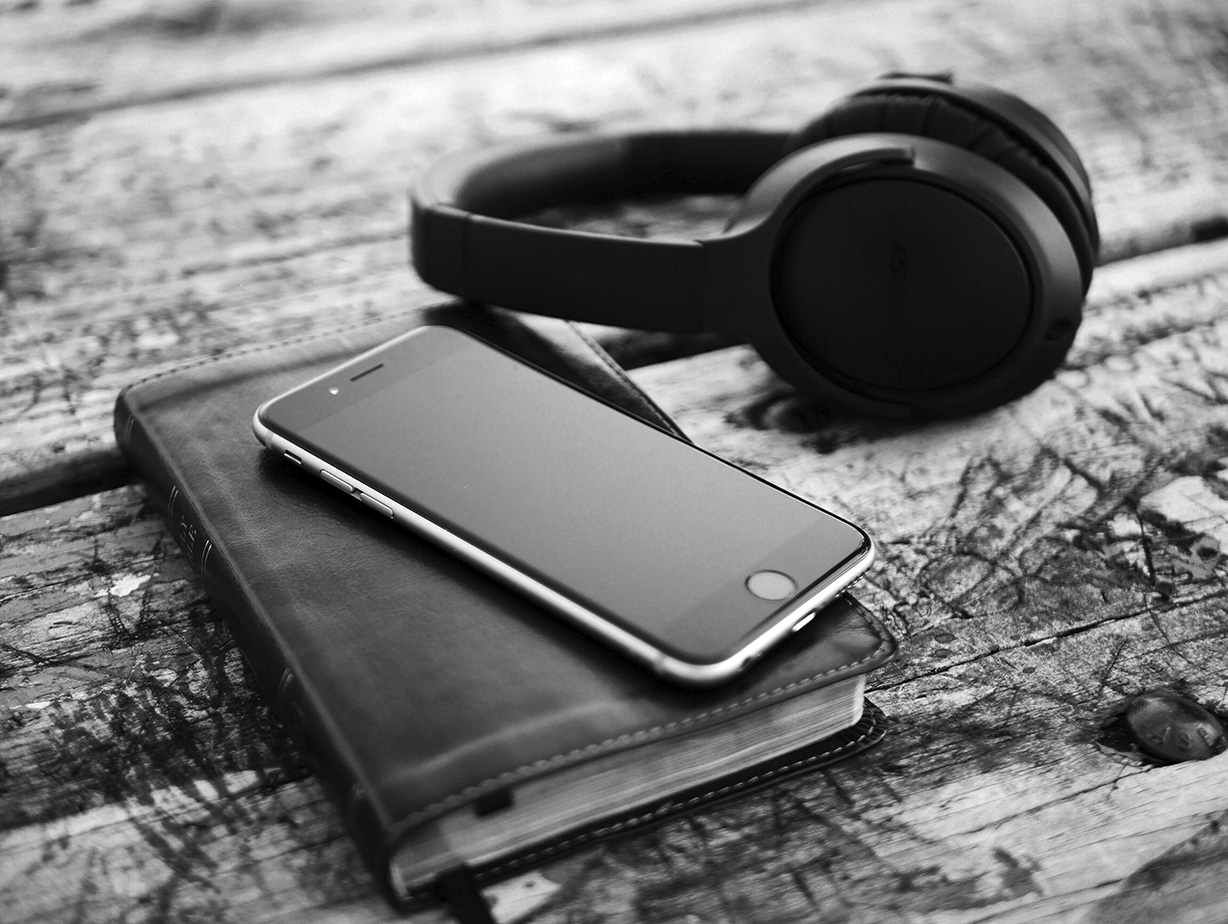By Daniel Nielson
Think travel writing, and your mind skips immediately to magazines, perhaps books, but there are many, many styles of travel writing to get stuck into (and even make money from).
Oral storytelling
The birth of language, the teacher of lessons, the medium of exchange. The oral tradition of storytelling is really the history of human life. Before we coded the sounds we make into writing, we spoke to one another.
For the travel writer, the mastery of oral storytelling is hugely important. It’s how we start the stories we end up writing. As we’ve mentioned before, the story you tell in the pub is often the one that begins your article. Tell that story three times, and you’ve a good idea where your account is going.
You can also make money out of oral storytelling. All the authors of this book have been paid for telling stories on the TV or radio, in front of large audiences, on travel panels or talks. It is perhaps the most direct of exchanges, but often getting paid for talking comes with a successful career in writing.

Online travel sites
Hundreds of websites focus on travel. We’re differentiating them from blogs. A blog we define as a personal series of stories, often written by just one or two people. Travel websites include Atlas Obscura, Nowhere, Budget Travel, Roads & Kingdoms, World Hum and The Expeditioner. Each will have a different angle and, like magazines, will often have regular styles of feature to publish.
Commercial websites
Many commercial websites use travel stories to encourage readers to use their services – partly by offering compelling content that keeps visitors on the site for longer, and partly for search engine optimisation reasons to climb higher in Google’s ranking.
Books
The travel book is perhaps the purest example of travel writing, certainly the most evocative. It is only in the book that we get the chance for a deep understanding of the places the author is visiting. It is in the book we have space and time to learn a level of detail that a magazine or newspaper article never could. Paul Theroux and Bruce Chatwin are two masters of the travelogue.

Guidebooks
The genesis of the guidebook was among the first written descriptions focusing on travel. The modern guidebook – the dog-eared, scribbled-on examples with pages torn out stuffed into a thousand backpacks in Riga or Rio – is a particular genre. One that eschews any narrative for ease of use. The books of Lonely Planet, Bradt and Rough Guides, and the beautifully illustrated visual guides of DK, are designed to be easily read, to offer a snapshot of information in a city. Writing for them is to adhere to a long style guide that provides word counts, banned words and style.
Fiction
While this book is mostly concerned with non-fiction narrative, to dismiss vast swathes of fiction would be to dismiss some of the great travel writing of all time. All great authors, from Mark Twain to J.R.R. Tolkien, wrote about real locations.
Social media
This is how you’ll be communicating with your family and friends while on the road. It’s how you’ll be telling your story to most of the people you know. If you’re starting off travel writing, then it’s also an excellent place to start honing your voice.

Film
Film is becoming increasingly important as a means of demonstrating travel. One of the greatest travel writers of recent times, Anthony Bourdain, used film as his medium. Watch one of his programmes such as No Reservations and Parts Unknown and it’s the writing that makes those programmes sing.
Poetry
Poetry?
Take this example from W.H. Auden’s Night Mail:
Dawn freshens. Her climb is done.
Down towards Glasgow she descends,
Towards the steam tugs yelping down a glade of cranes
Towards the fields of apparatus, the furnaces
Set on the dark plain like gigantic chessmen.
All Scotland waits for her:
In dark glens, beside pale-green lochs
Men long for news.
Great travel writing!